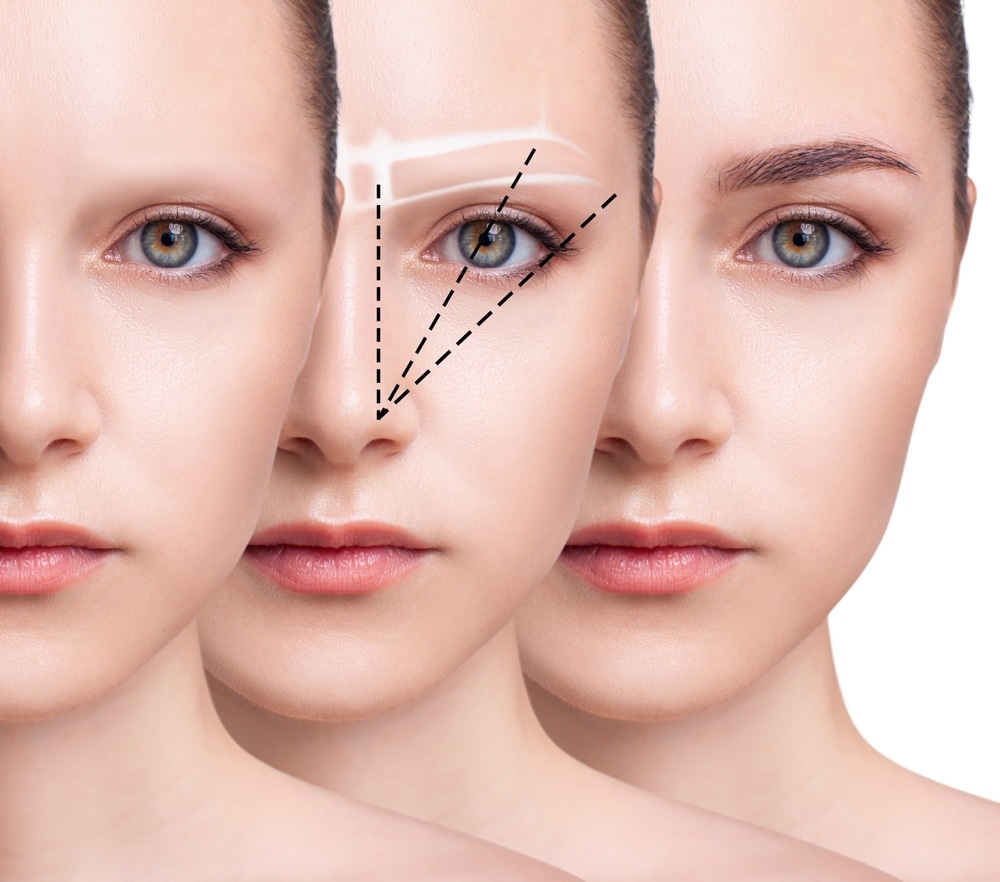Permanent Makeup for Alopecia and Oncology
Losing your hair—whether from alopecia or as a side effect of cancer treatment—can be an incredibly emotional experience. For many people, it isn’t just about appearance. Hair loss often impacts confidence, identity, and the way we connect socially.
That’s where permanent makeup (PMU) can make a difference. Restoring eyebrows or enhancing eyelashes can help people feel more like themselves again. But it’s not as simple as applying pigment. Working with clients who have alopecia or have gone through chemotherapy requires both medical awareness and artistic sensitivity.
Understanding Alopecia and Its Impact on PMU
Alopecia isn’t just one condition—it’s an umbrella term for different kinds of hair loss. Broadly, we can divide it into non-scarring and scarring alopecia.
- Non-scarring alopecia: The follicles are still alive, so hair may grow back. Causes often include autoimmune issues, hormonal changes, nutritional deficiencies, stress, or even exposure to certain toxins (Miteva & Tosti, 2012).
- Scarring alopecia: Here, the follicles are permanently destroyed and replaced with scar tissue, making hair regrowth impossible (Vañó-Galván et al., 2015).
Why does this matter for PMU? Because the skin environment in each type is very different. For example, in non-scarring alopecia, pigments may heal unpredictably depending on hormones, nutrition, or stress levels. In scarring alopecia, the risk is higher—scar tissue doesn’t hold pigment well, and the procedure can even trigger flare-ups.
That’s why professionals avoid PMU on scarring alopecia and instead recommend alternatives like hair prostheses or medical tattooing on unaffected areas.
The Artistry Behind Permanent Makeup
When we talk about permanent makeup for brows or lashes, it’s not just about filling in space—it’s an art form. The right shape, pigment, and hairstroke direction can completely change how someone feels when they look in the mirror.
Eyebrows, in particular, are powerful. They frame the face, influence emotional expression, and even affect how others recognize us. One study even suggested that eyebrows may play a bigger role in face recognition than the eyes themselves (Sadr et al., 2003).
Techniques like microblading, machine hairstrokes, or powder shading allow artists to replicate natural hair patterns. When done thoughtfully, the result looks so real that it restores not only appearance but also emotional balance.
For Clients Recovering From Cancer
Hair loss from chemotherapy can be especially tough because it represents more than just beauty—it’s tied to the whole cancer journey. Many women describe losing their eyebrows as more devastating than losing scalp hair.
PMU can be a lifeline here, but timing and safety matter. Generally, it’s best to wait about six months after chemotherapy, and always with a doctor’s approval (Taggart et al., 2013). Brows and lashes can be safely enhanced, while lip tattooing is usually discouraged because of the risk of virus reactivation.
Safety protocols are essential:
- Always sterile tools and certified pigments.
- Patch tests for allergies.
- Gentle, minimal-trauma techniques to protect fragile skin.
- Careful aftercare, including antiseptic protection.
Interestingly, research shows that beauty treatments like makeup programs can significantly reduce anxiety and depression while improving body image in people recovering from cancer (Cabral et al., 2023; Taggart et al., 2013).
Case Story: Victoria’s Journey
To understand the emotional side, let’s look at Victoria’s story.
Victoria, 49, had been through breast cancer surgery and chemotherapy. Like many women in her position, she lost all her scalp hair and eyebrows. She described the experience as deeply painful—not just physically, but emotionally.
Six months after finishing treatment, and with her doctor’s clearance, she came for eyebrow PMU. Using a powder shading technique with mineral pigments, her artist created a soft, natural brow design that looked like light makeup.
At her 50-day checkup, Victoria was thrilled. And one year later, something even better happened—her natural brows began to grow back, blending beautifully with the PMU work.
Her words say it best:
“I met Svitlana during a very difficult period. After surgery and chemo, I lost my hair and eyebrows. Of course, all this had a very negative impact on my emotional state. Meeting Svitlana gave me hope. When I saw my new eyebrows, I could not hold back tears of joy. Her work restored not only my brows but also my belief in the future.”
Stories like Victoria’s remind us why this work matters. For many, it’s not just makeup—it’s a form of healing.
The Bigger Picture
Permanent makeup for alopecia or post-cancer recovery is about so much more than aesthetics. It’s about restoring confidence, identity, and emotional strength. PMU greatly affects how individuals perceive themselves and how they are perceived by society. For my clients, I offer personality questionnaires or situational tests to identify certain traits, which helps in designing the most suitable PMU shape for each individual. This is where the highest level of professional mastery is demonstrated. In these cases, financial reward is not the priority—I and many of my colleagues perform such procedures free of charge. The greatest reward for us is the positive emotions of clients facing these challenges.
At its best, PMU is both science and art—blending medical awareness, technical skill, and compassion. And when those come together, the results can be life-changing.
References
- Cabral, I. et al. (2023). Supportive Care in Cancer.
- Liu, Y., & Wrosch, C. (2014). Self-esteem, stress, and cortisol reactivity. Health Psychology.
- Miteva, M., & Tosti, A. (2012). Pathology of cicatricial alopecia. Dermatologic Clinics.
- Sadr, J., Jarudi, I., & Sinha, P. (2003). The role of eyebrows in face recognition. Perception.
- Taggart, A., Ozolins, L., Hardie, H., & Nyhof-Young, J. (2013). Look good, feel better: cosmetic program effects in cancer patients. Psycho-Oncology.
- Vañó-Galván, S., et al. (2015). Cicatricial alopecia: A clinical overview. Journal of the American Academy of Dermatology.















